On the east coast of Maine about seven miles south of Portland is the Town of Scarbrough. There you will find Pine Point and Black Point separated by the Nonesuch River which empties into Casco Bay. These points are less than a thousand feet apart as the seagull flies. Pines predominant on southern Pine Point and the darker-colored spruce on Black Point. Why? Soil? Human intervention? No. A significant ocean current turns at those points making Black Point slightly cooler annually — attractive to spruces — and Pine Point slightly warmer and more attractive to pines.
Distance and or elevation can significantly affect plant selection and growth. Here in flat-iron Florida a 60-mile separation decides whether our Paper Mulberries pictured above and left, will have fruit or not. In the northern areas of the state the tree is putting on fruit. In the central part of the state it rarely if ever fruits because the winters are too warm. The Paper Mulberry is from a temperate climate and prefers cooler temperatures. This past weekend in Jacksonville — 136 miles to the north — the trees were full of “buttons” which will sprout orange pom-pom like fruit. The orange part is edible but not the seed in the middle. Locally Paper Mulberries stay barren (but sneakily can reproduce vegetatively, something the importers had not planned on.) If you want to read more about the Paper Mulberry you can go here.
Environmental preferences can also be seen in elevation changes such as when hiking the Appalachian Trail. Finding wild edibles on the trail is a function of time of year, elevation and direction of travel. In fact going up 1,000 feet can move one north 700 miles or even a season in regard to flora and fauna. It is not unusual to find in August at 6,000 feet in plants that were in season months earlier at sea level. You can also one species of blackberry to be ending its fruiting in the valleys and another starting to fruit at higher elevations. There is one other advantage to elevation. When hiking the Appalachian Trail in the Carolinas I never saw Poison Ivy above 4,000 feet.
My foraging class this weekend did solve a mystery of several years running. The identity of a particular tree where I hold the Jacksonville class was elusive. It resembled a Basswood and it also kind of resembled a Red Mulberry (a different species of mulberry than the one mentioned above.) While Basswood and Mulberries usually don’t resemble each other individual species can vary a lot. Basswood and Red Mulberry have very different blossoms as well as fruit but I was never at the right time of year to see the tree fruiting until this past weekend. The mystery was solved: It’s a Red Mulberry. Even on cultivated mulberries one can find few leaves that are “mittens” that is they have a left or right thumb. This tree had none and the leaves tips were more acute than usual, more the the Basswood. To read about the Red Mulberry click here.
While on the topic of Basswood it should be mentioned because its blossoming season will be running northward. The Basswood blossom resembles a tongue depressor so when they are blossoming the species is rather easy to identify. Also their first young leaves of spring are edible like lettuce. Basswoods tend to like damp areas rather than dry but they don’t like to be too wet. Basswood are not denizens of the swamp unless there’s an elevated dry spot. My first contact with Basswood was not for food but rather for making pipes. My father used the young stems for pipe stems. To read about the Basswood, go here.
The False Hawk’s Beard was first reported in North America in the early 1800’s. This Asian native and Dandelion relative has since conquered The South. The accompanying photograph is quite typical, a basal rosette of leaves below branching stems. Locally they grow all year but prefer the spring and can get close to two feet tall. The genus and the species have had several name changes ranging from Crepis youngia to Youngia japonica. The genus — what ever it is called — is wide-spread and as far as I know all of the members edible. There should be a Crepis (or Youngia) near you. To read more about the species, go here.
Upcoming foraging classes:
Saturday, May 2nd, George LeStrange Preserve, 4911 Ralls Road, Fort Pierce, FL, 34981. 9 a.m.
Sunday, May 3rd, Mead Garden, 1500 S. Denning Dr., Winter Park, FL 32789. 9 a.m.
Saturday, May 9th, Boulware Springs Park, 3420 SE 15th St., Gainesville, FL. 32641. 9 a.m.
Sunday, May 10th, Jervey Gantt Recreation Complex, 2390 SE 36th Ave., Ocala, FL, 34471. 9 a.m.
To learn more about the foraging classes go here.
Need to identify a root? Looking for a foraging reference? Maybe you have a UFO, an Unidentified Flowering Object, you want identified. On the Green Deane Forum we chat about foraging all year long. And it’s not just about warm-weather plants or just North American flora. Many nations share common weeds so there’s a lot to talk about. There’s also more than weeds. The reference section has information for foraging around the world. There are articles on food preservation, and forgotten skills from making bows to fermenting food. Recent topics include: Love Me Some Betony. Passiflora edulis. Top Restaurant Serves Deer Moss, Uvularia sessilifolia? Where Have You Found Currants? Purple flowering plant ID, Bee Swarms, To Cook is Human, Can I get Some Suggestions, Making Butter, Heliculture, Tincture? What Kind of Weeds? Sassafras, Cherry Bark Tea, Biting Bugs, Firebow Tinder, Sheep Sorrel, Brown Bear and Greens, and Homemade Sauerkraut. You can join the forum by clicking on the button on the upper right hand side of this page.
Botany Builder #26: Torose, also torulose: Cylindrical with swelling or contractions at intervals. It comes from the Dead Latin “torus” meaning a bulge or protuberance. Some might immediately think of certain cactus as torose, and some are. But other plants are torose as well, such as Glasswort, Salicornia bigelovii, found growing in salt marshes. When young the plant is green but as the season goes on it sequesters salt in various area which then turn pink. So the green parts can be eaten raw or cooked and the pink parts used when you want a salty flavor. While the plant can be boiled to reduce the salty flavor the greens can also be put in what you’re cooking or flavor it such as a fresh caught fish or harvested squash. To read more about Glasswort go here.

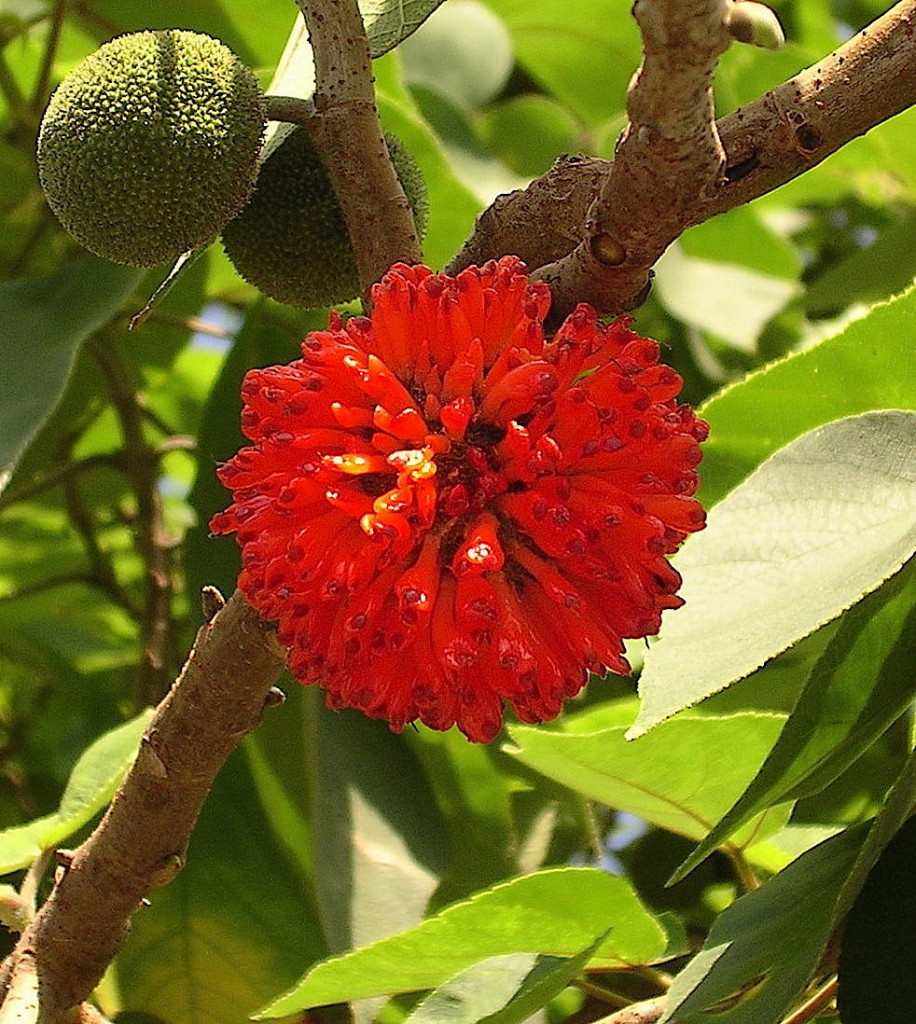
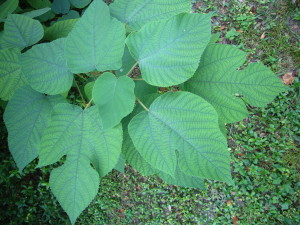
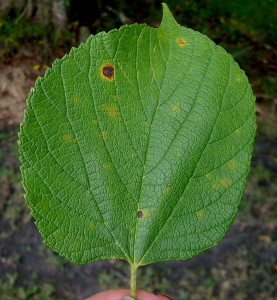
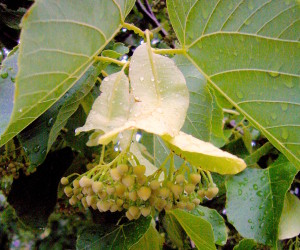
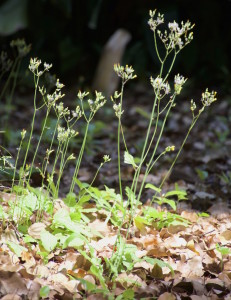

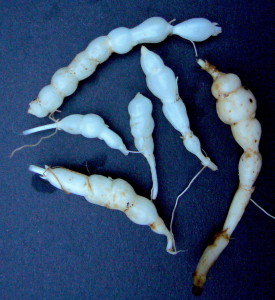
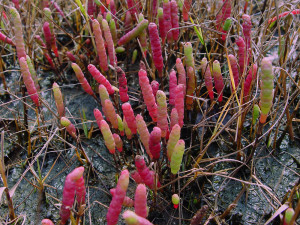

I should like to repeat thanking you for the useful info. I gain from Eattheweeds which as usual exposes more knowledge on mother nature and further more inspires me to broaden my scope with regards to my field of specialisation – Chemistry – through more searching. As an example, in this issue of Eattheweeds you’ve referred to “False Hawks Beard Crepis Japonica: Seasonal Potherb”. It is precise and comprehensive. I do like your comment on changing the names of the plant ranging from Crepis Youngia to Youngia Japonica; also I find the similitude of the academics with the frogs in the well very well suitable.
Relevant to the search on the above plant and to satisfy my chemistry interest in the category of compounds “Sesquiterpene lactones” I’ve googled : Sesquiterpene Lactone from Crepis japonica and obtained: Josef-Moelles-Haus, Innvain[DOC] 52, A 6020 Innstnck ResearchGate. As an example the lactone with molecular formula: C29H34O10 ( called CrepisA) is a terpenoid glycoside belonging to the category sesquiterpene lactones. As reported Crepis japonica Benth. is a natural resource. In general, sesquiterpene lactones are responsible for various properties and thus uses – described in your article – of some edible plants. Besides denouncing obesity in humans, they help some plants to defend against herbivores e.g. the insect herbivore, Bemisia tabaci and its biotypes are polyphagous and can attack many human edible crops , thus its danger is bifold: healthwise and commercially. During growth invading plants coexist naturally with the original crop plants. As for land use there is no distinct impact caused by, say, B. tabaci. However, using insecticides would endanger the biodiversity. It is believed that the role of the invasive plants is to antagonise herbivores by virtue of having these sesquiterpene lactones in their defensive mechanism.
I was wondering if you know any reason why glasswort, that was so prolific along the Mississippi Gulf Coast marshes and bayous before the BP oil splill in 2010, is now all but wiped out. I have seen and harvested glasswort from the Florida Keys to the MS Gulf and Atlantic coasts for decades and found it even prolific in baron areas where few other plants grew well. Before the BP oil spill glasswort was everywhere. Now I have to search far and wide and usually can’t find a single plant. I have also searched the length of Dauphin Island, a barrier island on the Alabama coast where there was never a lot, but is now noticeably absent; to Pensacola Beach and mainland, also baron now. Do you think there is any corelation between the oil spill and the absence of glasswort? Or what would affect this plant more than any other shore plant in the area? We have had a dramatic increase in dead dolphins and sea turtles in MS and LA since the spill and it has noticebly affected many shell and fin fish. Incidentally, the Bull Garbage ads that BP is running on TV are a cover up. Myself and many others on the coast watch their progress which is nearly nill. They have NOT cleaned up after themselves and they have NOT reimbursed businesses and individuals as they claim they have. They spread around a little money to make it look like they are doing something and then go away till they are accausted again. I am not a political person but I think we need to remember the actions of BP and Halliburton and their ties to government when we go to the poles.